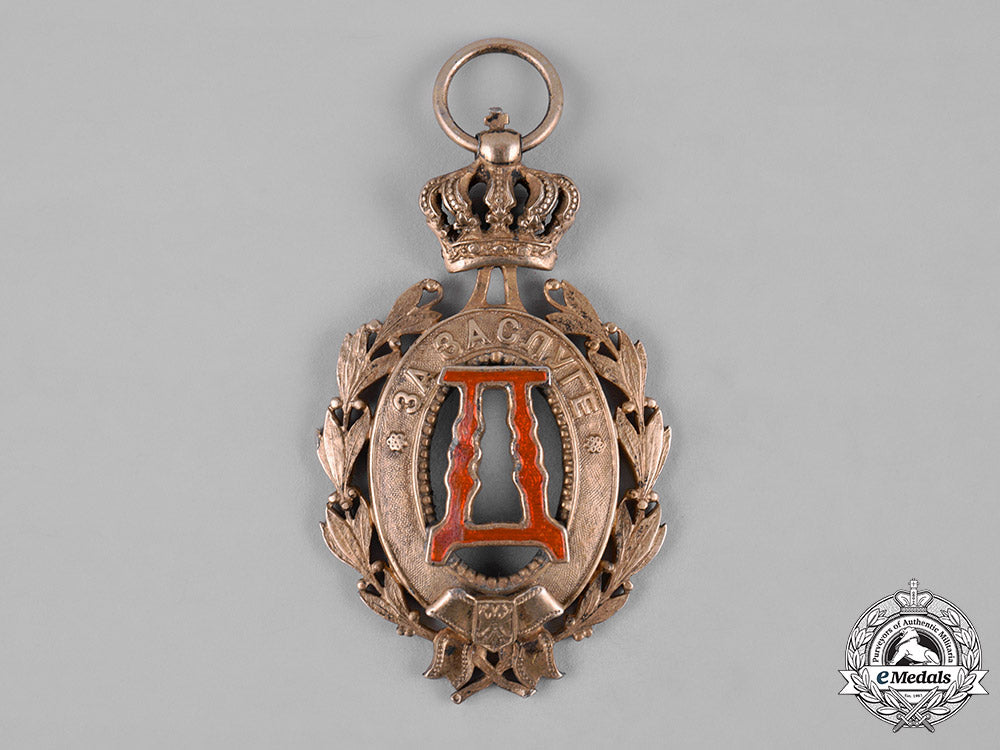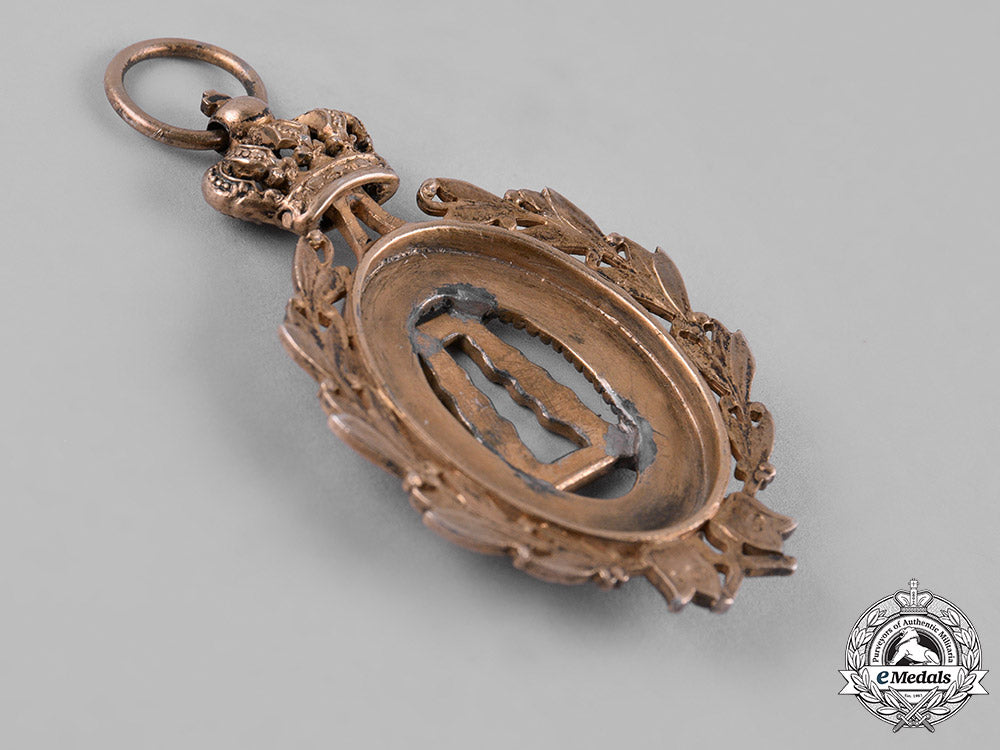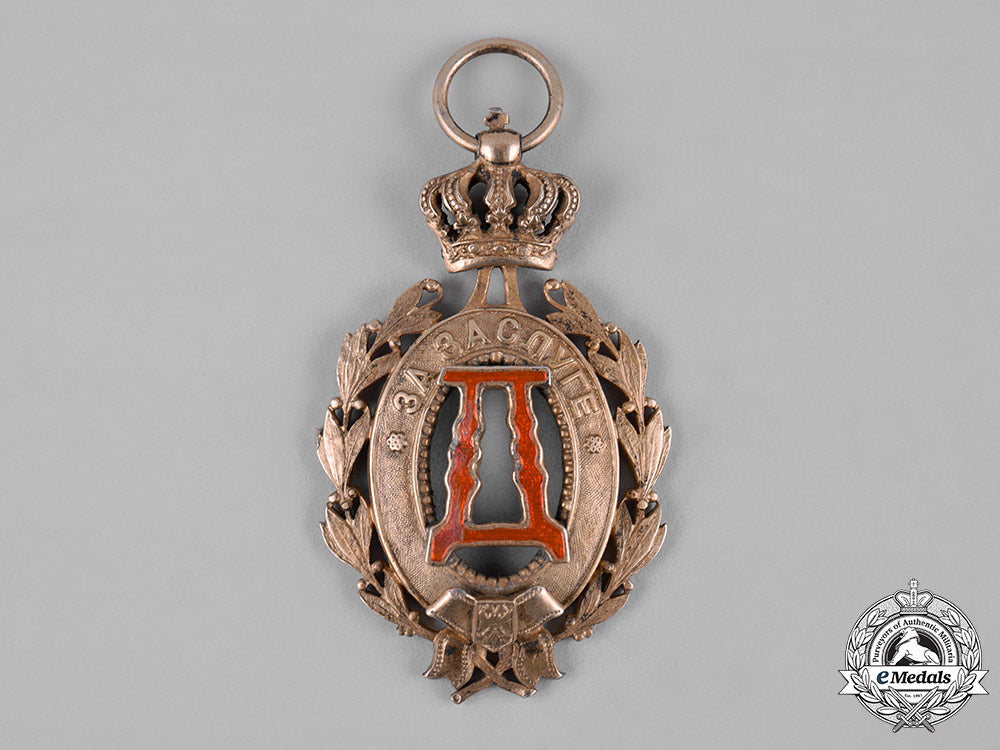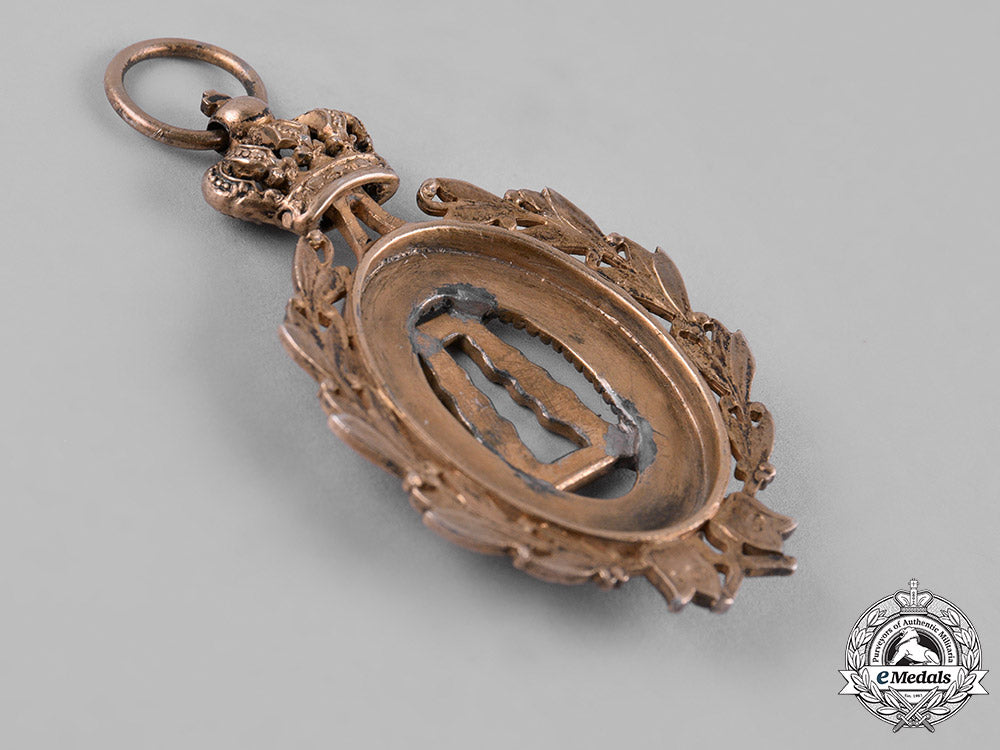
LOADING ...
In response to evolving domestic opinion, eMedals Inc has made the conscious decision to remove the presentation of German Third Reich historical artifacts from our online catalogue. For three decades, eMedals Inc has made an effort to preserve history in all its forms. As historians and researchers, we have managed sensitive articles and materials with the greatest of care and respect for their past and present social context. We acknowledge the growing sentiments put forth by the Canadian public and have taken proactive actions to address this opinion.
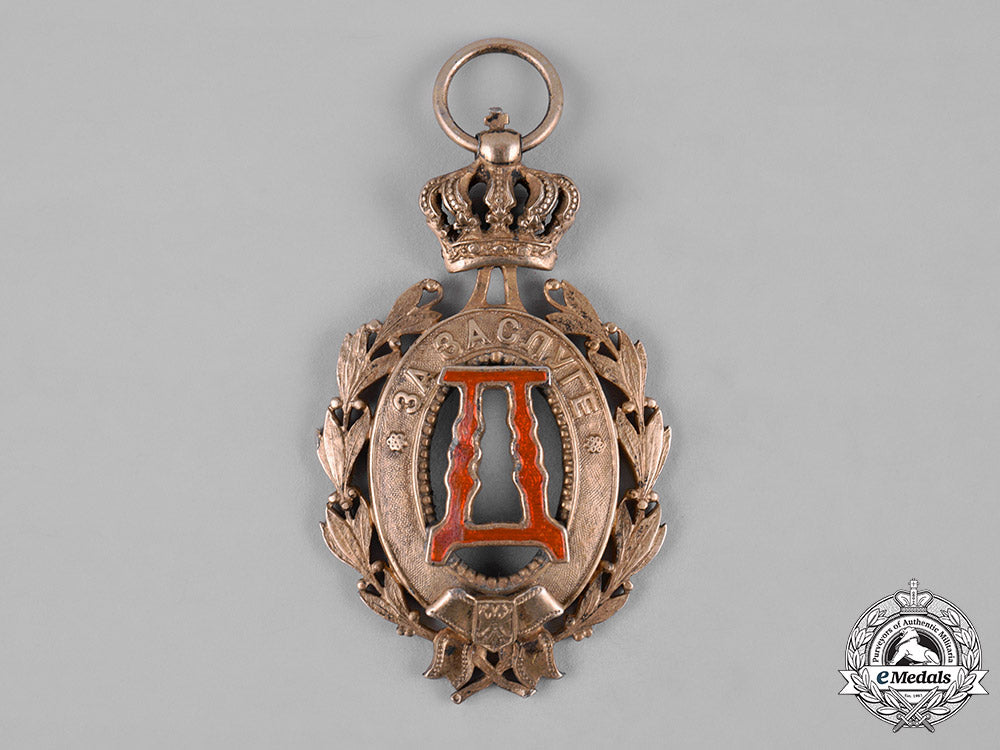
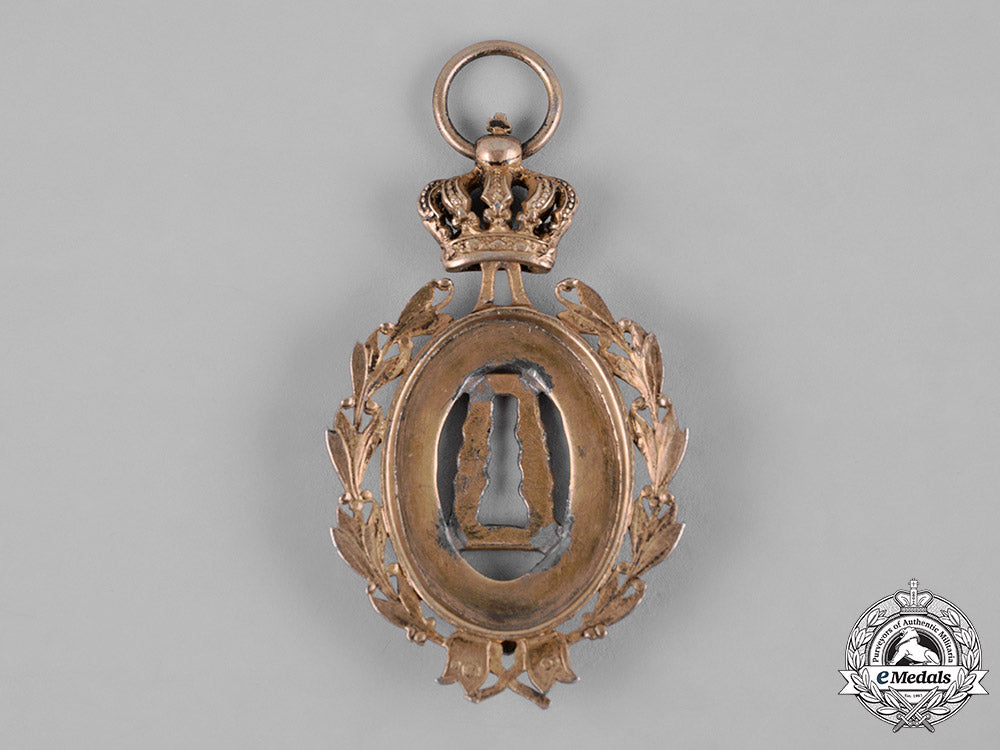
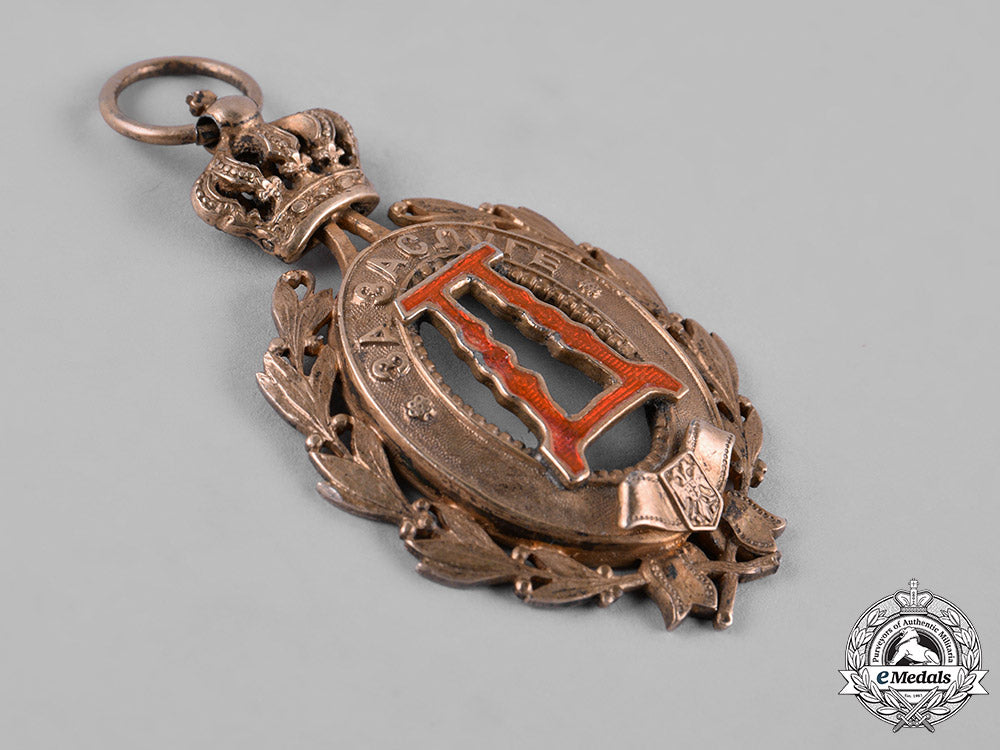
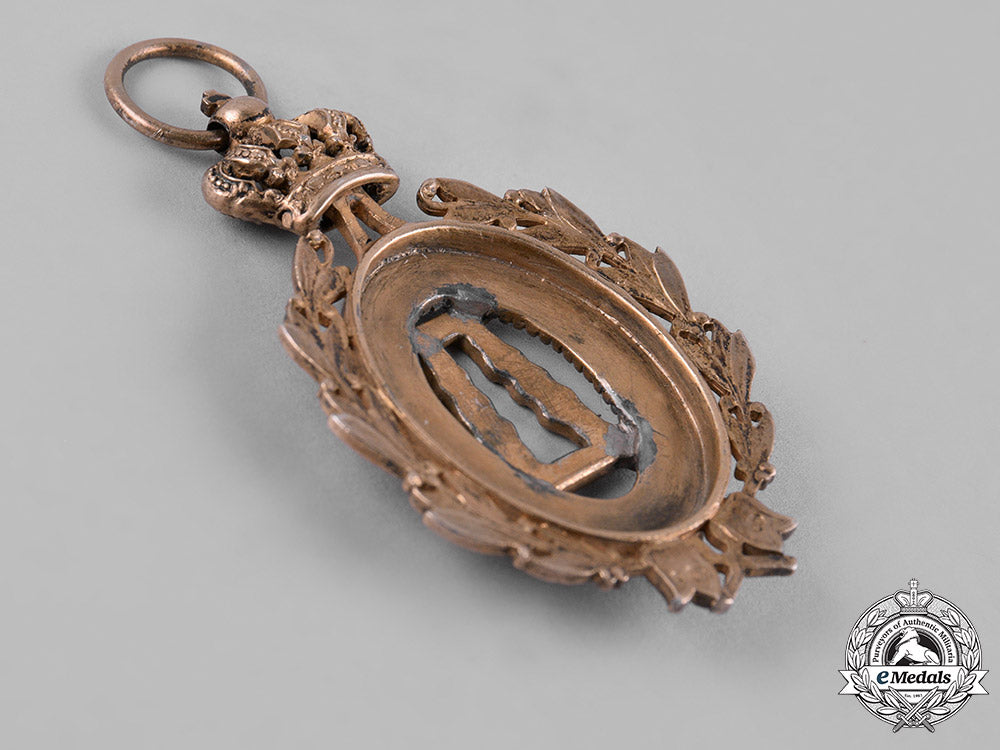
Serbia, Kingdom. A Queen Draga Medal, I Class Gold Grade
Serbia, Kingdom. A Queen Draga Medal, I Class Gold Grade
SKU: ITEM: EU16406
Current Bid:
Your Max Bid:
Bid History:
Time Remaining:
Couldn't load pickup availability
Shipping Details
Shipping Details
eMedals offers rapid domestic and international shipping. Orders received prior to 12:00pm (EST) will be shipped on the same business day.* Orders placed on Canadian Federal holidays will be dispatched the subsequent business day. Courier tracking numbers are provided for all shipments. All items purchased from eMedals can be returned for a full monetary refund or merchandise credit, providing the criteria presented in our Terms & Conditions are met. *Please note that the addition of a COA may impact dispatch time.
Shipping Details
eMedals offers rapid domestic and international shipping. Orders received prior to 12:00pm (EST) will be shipped on the same business day.* Orders placed on Canadian Federal holidays will be dispatched the subsequent business day. Courier tracking numbers are provided for all shipments. All items purchased from eMedals can be returned for a full monetary refund or merchandise credit, providing the criteria presented in our Terms & Conditions are met. *Please note that the addition of a COA may impact dispatch time.
Description
Description
(Medalja kraljice Drage). Instituted in 1902. Five-piece construction, in silver gilt with red enamels, cyrillic "Д" ("D" in English) featured in the centre is a replacement; the medal itself is Austrian-made, marked with an "A" (Vienna), marked with a Diana's head (Dianakopf) hallmark, which was used between 1872 and 1922, the head flanked by the number "2" (.900 silver fineness) on the left and the assay city mark "A" (Vienna) on the right, and maker marked "KF" on the reverse, measuring 33.2 mm (w) x 54.5 mm (h), ring suspension, chipping evident in the red enamels on the left side of the "Д", contact marks on the reverse, very fine.
Footnote: Draginja "Draga" Obrenović was born as the daughter of Pantelija Milićević Lunjevica and Anđelija Koljević on September 11, 1864. She was educated in Belgrade and learned several languages. Her first marriage was to Svetozar Masin in 1883. They were married for only three years when he died. After that, she joined the household of Queen Natalia of Serbia, as a lady-in-waiting. She apparently met Queen Natalia’s son Alexander in 1895 in Biarritz, where he saved her from drowning. They began writing to each other, but due to Draga’s rank, it was highly disapproved of by his mother. Draga remained in the service of Queen Natalia until 1897, before returning to Belgrade. Alexander’s father had abdicated in favour of his son in 1889, and he was now King Alexander I of Serbia. Draga and Alexander were married on August 5, 1900, but the marriage was unpopular with the people and with the Dowager Queen. Alexander responded by exiling his mother. The rumour that Alexander might name one of Draga’s brothers as heir to the throne was the last straw. On the night of June 10-11, 1903, a group of army officers invaded the palace. A palace aid was captured, and he eventually revealed the hiding place of the King and Queen. Once found, they were both brutally murdered with swords and weapons. Their mutilated bodies were thrown from the palace balcony, and Draga’s two brothers were executed by firing squad later that same day. One account of the night states that the assassination squad “burst into the little palace, found the King and Queen cowering in a closet (both in silken nightgowns), stabbed them and chucked them out the window onto garden manure heaps, hacking off Alexander’s fingers when he clung desperately to the sill”.
Description
(Medalja kraljice Drage). Instituted in 1902. Five-piece construction, in silver gilt with red enamels, cyrillic "Д" ("D" in English) featured in the centre is a replacement; the medal itself is Austrian-made, marked with an "A" (Vienna), marked with a Diana's head (Dianakopf) hallmark, which was used between 1872 and 1922, the head flanked by the number "2" (.900 silver fineness) on the left and the assay city mark "A" (Vienna) on the right, and maker marked "KF" on the reverse, measuring 33.2 mm (w) x 54.5 mm (h), ring suspension, chipping evident in the red enamels on the left side of the "Д", contact marks on the reverse, very fine.
Footnote: Draginja "Draga" Obrenović was born as the daughter of Pantelija Milićević Lunjevica and Anđelija Koljević on September 11, 1864. She was educated in Belgrade and learned several languages. Her first marriage was to Svetozar Masin in 1883. They were married for only three years when he died. After that, she joined the household of Queen Natalia of Serbia, as a lady-in-waiting. She apparently met Queen Natalia’s son Alexander in 1895 in Biarritz, where he saved her from drowning. They began writing to each other, but due to Draga’s rank, it was highly disapproved of by his mother. Draga remained in the service of Queen Natalia until 1897, before returning to Belgrade. Alexander’s father had abdicated in favour of his son in 1889, and he was now King Alexander I of Serbia. Draga and Alexander were married on August 5, 1900, but the marriage was unpopular with the people and with the Dowager Queen. Alexander responded by exiling his mother. The rumour that Alexander might name one of Draga’s brothers as heir to the throne was the last straw. On the night of June 10-11, 1903, a group of army officers invaded the palace. A palace aid was captured, and he eventually revealed the hiding place of the King and Queen. Once found, they were both brutally murdered with swords and weapons. Their mutilated bodies were thrown from the palace balcony, and Draga’s two brothers were executed by firing squad later that same day. One account of the night states that the assassination squad “burst into the little palace, found the King and Queen cowering in a closet (both in silken nightgowns), stabbed them and chucked them out the window onto garden manure heaps, hacking off Alexander’s fingers when he clung desperately to the sill”.
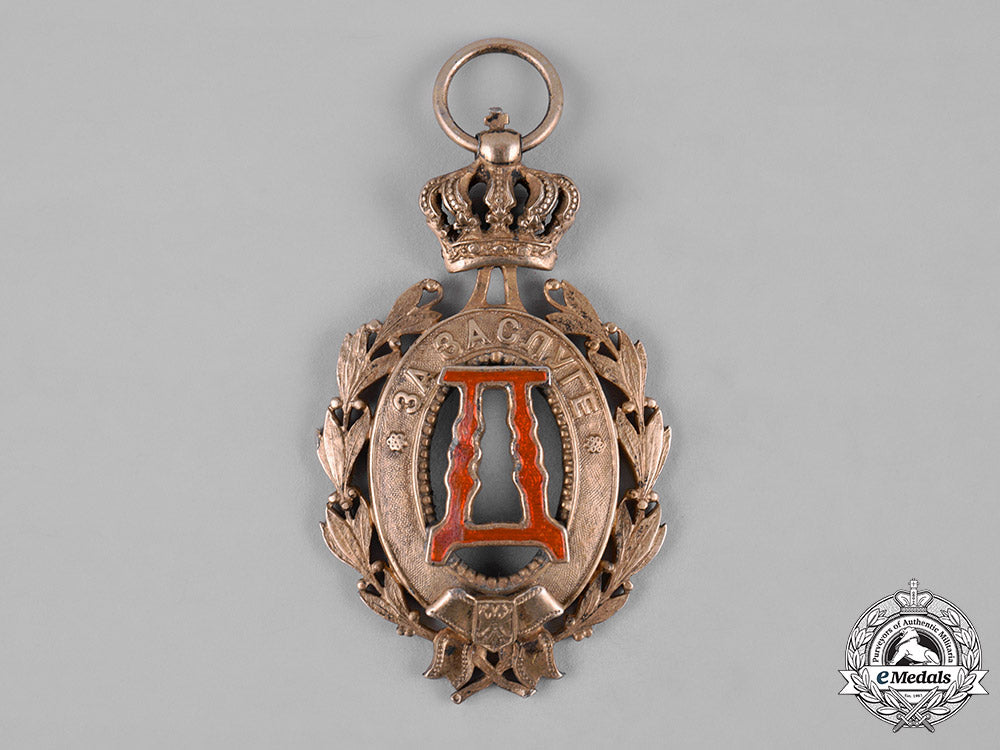
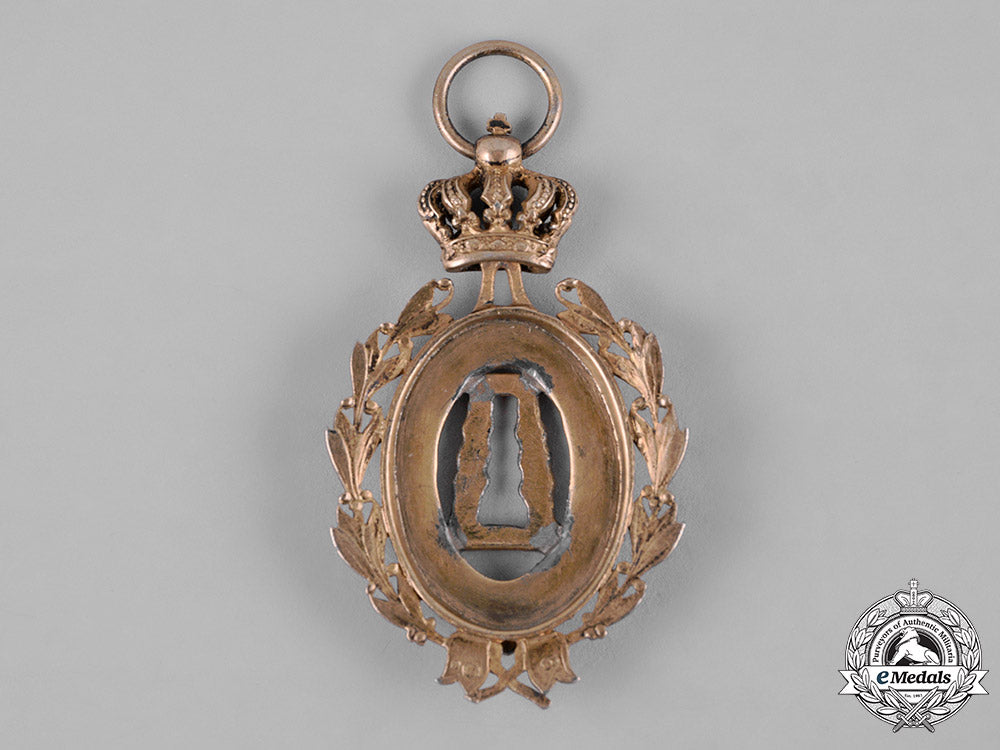
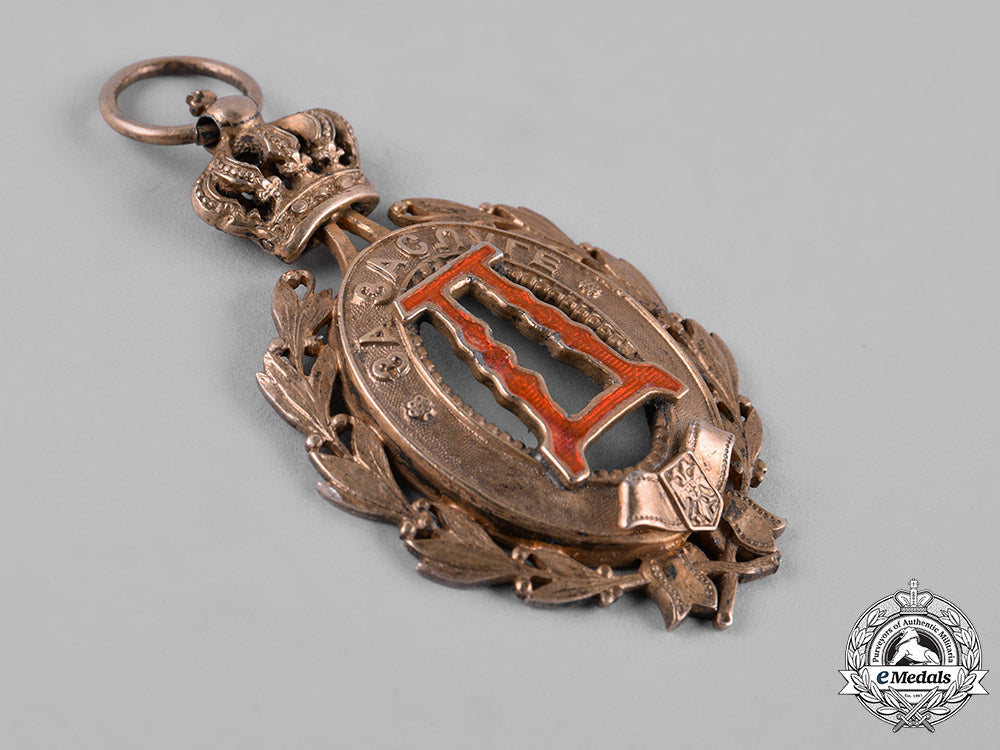
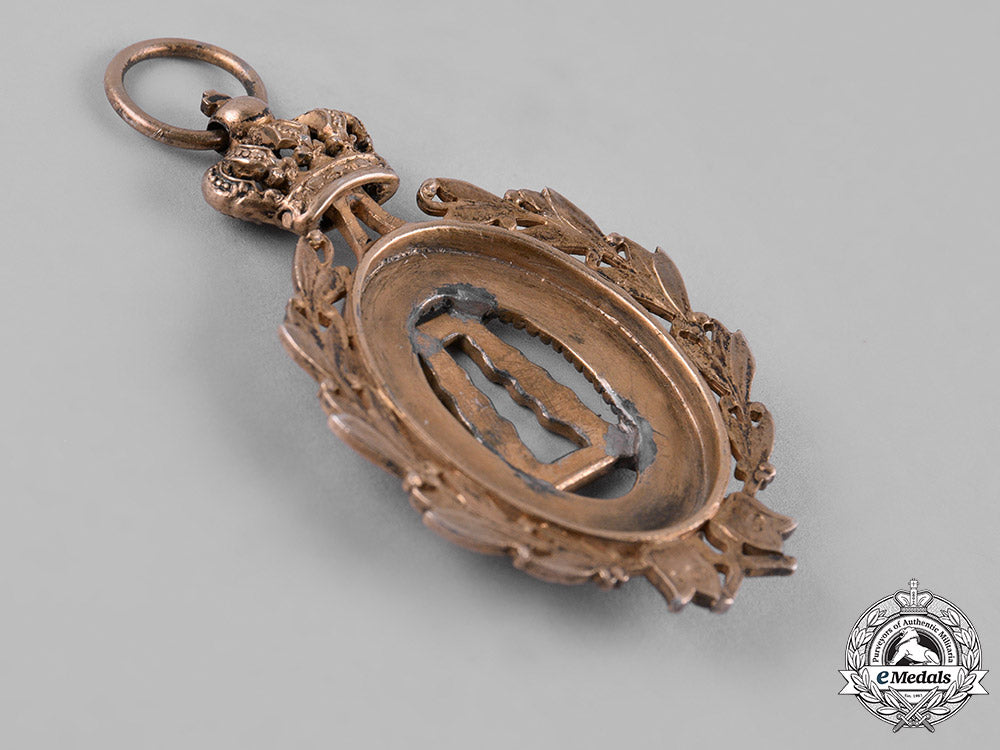
You May Also Like
Canada, Australia, India, United Kingdom. A Lot Of Six Second War Medals
GB7513
Germany, Luftwaffe. A Central Petroleum Department Stamp
G52889
Germany, Third Reich. A Mixed Lot of Third Reich Organizational Membership Cards and Booklets
G59003
Germany, Third Reich. A Mixed Lot of Patriotic and Social Welfare Postcards
G59002
Germany, Wehrmacht. A Mixed Lot of Illustrated Postcards
G59001
-
Canada, Australia, India, United Kingdom. A Lot Of Six Second War Medals
GB7513
Add to CartRegular price $135 USDRegular price $0 USD Sale price $135 USDUnit price / per -
Germany, Luftwaffe. A Central Petroleum Department Stamp
G52889
Add to CartRegular price $340 USDRegular price $0 USD Sale price $340 USDUnit price / per -
Germany, Third Reich. A Mixed Lot of Third Reich Organizational Membership Cards and Booklets
G59003
Add to CartRegular price $200 USDRegular price $0 USD Sale price $200 USDUnit price / per -
Germany, Third Reich. A Mixed Lot of Patriotic and Social Welfare Postcards
G59002
Add to CartRegular price $200 USDRegular price $0 USD Sale price $200 USDUnit price / per -
Germany, Wehrmacht. A Mixed Lot of Illustrated Postcards
G59001
Add to CartRegular price $200 USDRegular price $0 USD Sale price $200 USDUnit price / per
Do you have a similar item you are interested in selling?
Please complete the form and our client care representatives will contact you.
Sell Item